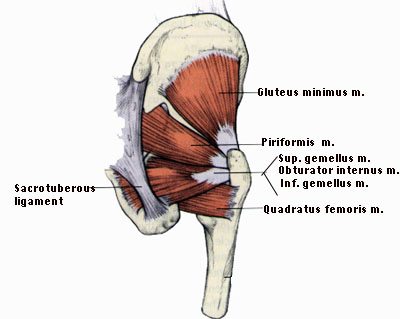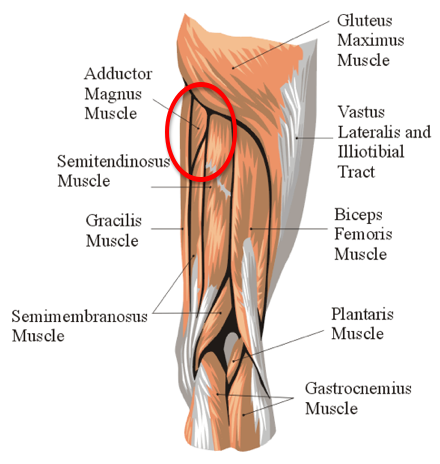As a final reminder my 4th of July Sale ends Friday. Check out the links below if you’re interested in saving some loot:
*Several of the videos in this articles are large, and take a bit to load. Please be patient.
Going through a general foam rolling sequence is helpful in both increasing circulation as part of a warm-up and in troubleshooting some nagging areas of “stiffness.” Once athletes establish a regular routine of rolling, it can be helpful to show a few different strategies to address specific areas. These are three rolling exercises I show a lot of our more experienced athletes that often have a very powerful impact on how they feel and move afterward.
Hip Rotators
Most people are familiar with how to roll their glutes. While this is beneficial, it’s really only addressing the most superficial level of musculature. Many athletes, and almost all hockey players, are stiff throughout their entire posterior hip, including the rotators that are “deeper” than the glutes.

Because of the size of these muscles, I often recommend a “sink and breathe” technique over actually rolling around. See the video below for an example.
The adductor magnus is the largest of the adductors and is an easy muscle to find. It’s basically the mound of meat at the top of your inner thigh. If you grab your high right inner thigh with your left hand, your fingers will wrap toward the back of your thigh. If you sink your finger tips into your thigh a bit you’ll be able to find a natural groove between the back of the adductor magnus and the medial hamstrings. If you follow this groove up toward your hip, you’ll find that things get pretty “gunky” as you get toward the top (in the red circle area in the picture below). The inability to separate these muscle groups is one reason why people have a difficult time squatting to their full depth and is often a contributing issue in athletes with groin pain.

Rectus Femoris/Vastus Intermedius
There are four separate muscles that comprise the quadricep group. Because they’re so superficial, they’re fairly easy to access with a foam roller.
Left: Rectus Femoris (the only quad that is also a hip flexor) highlighted in red. Right: Rectus Femoris removed, showing the vastus intermedius beneath it.
If you lay your right hand on your lower right thigh so that your thumb is a few inches above your knee cap and sink your thumb into your quad, you’ll likely be right in the middle of the white area in the image above. If you slide your thumb slightly toward the middle of your thigh, you’ll roll off the edge of the rectus femoris. THIS is where you want to put the lacrosse ball as you lay your leg down on top of it (same positioning as the video above). From here, you can explore along this groove until you’re about mid-way up your thigh. With athletes that have discomfort around their knees, this can often bring a lot of relief.
Learning more specific self-soft-tissue treatments can help athletes troubleshoot issues on their own over time. These are three exercises I’ve used with a lot of our athletes that can make a big impact on how they feel and move. With all of these, discomfort is expected, but nothing should ever be painful. Start slow and progress pressure as you feel comfortable.
To your success,
Kevin Neeld
HockeyTransformation.com
OptimizingMovement.com
UltimateHockeyTraining.com
Please enter your first name and email below to sign up for my FREE Athletic Development and Hockey Training Newsletter!
“Kevin Neeld is one of the top 5-6 strength and conditioning coaches in the ice hockey world.”
– Mike Boyle, Head S&C Coach, US Women’s Olympic Team
“…if you want to be the best, Kevin is the one you have to train with”
– Brijesh Patel, Head S&C Coach, Quinnipiac University